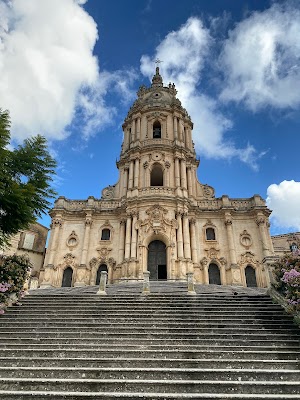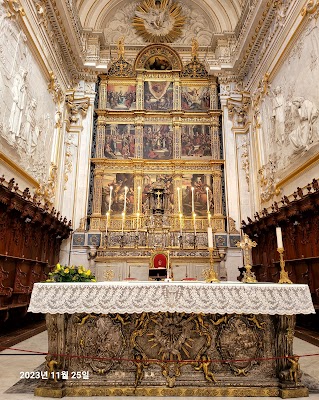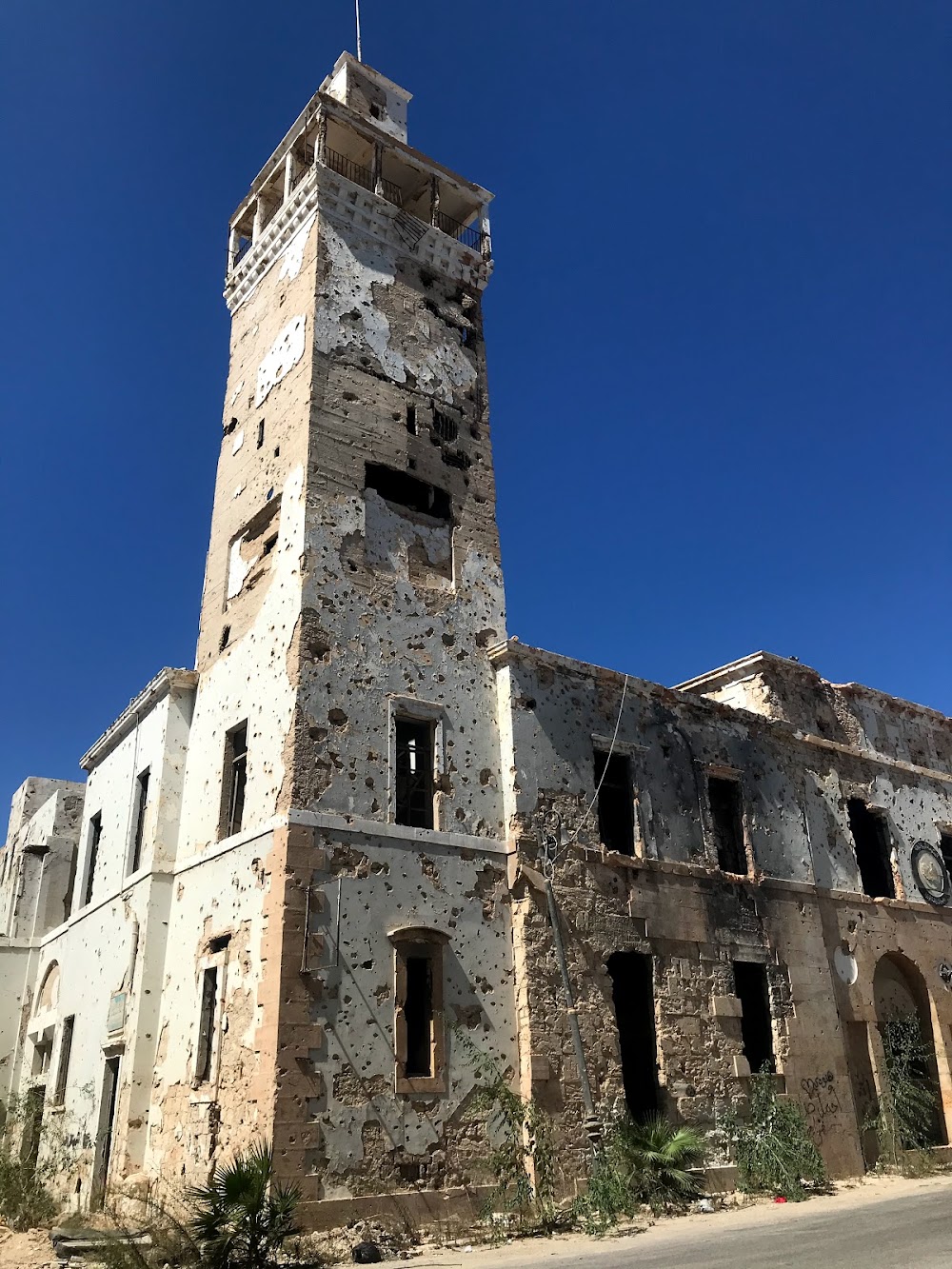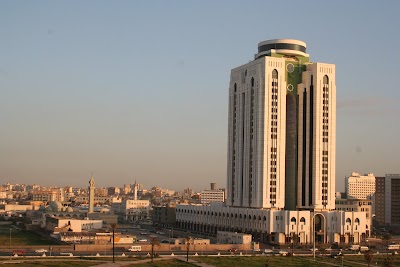Cathedral of Saint George (كاتدرائية القديس جورج)
Overview
The Cathedral of Saint George in Benghazi, Libya, is an intriguing historical gem that reflects the rich cultural diversity and layered history of this Mediterranean region. Whether you're a history buff, an architecture aficionado, or simply a curious traveler, this landmark offers a captivating glimpse into the city's past.
Constructed during the early 20th century, the Cathedral of Saint George was built amidst the Italian colonial period in Libya. The foundation stone was laid in 1921, and the church was completed in 1939. This impressive structure stands tall in the city's skyline, showcasing a stunning blend of Italian architectural influences with Neo-Classical and Romanesque styles. Visitors can admire its imposing pillars, grand rose windows, and intricate frescoes, all contributing to the cathedral's striking grandeur.
The historical significance of this site is both profound and multifaceted. Originally, the cathedral served as a central place of worship for the Italian expatriate community residing in Benghazi, symbolizing both religious devotion and colonial influence during a time of Italian rule. Over the decades, despite shifts in political regimes and societal landscapes, the Cathedral of Saint George has remained a significant cultural and historical monument, witnessing the ebb and flow of history.
Another fascinating aspect of the cathedral is its dedication to Saint George, a revered figure in Christianity, particularly within Orthodox and Eastern Catholic traditions. Saint George, often depicted slaying a dragon, symbolizes the triumph of good over evil. This dedication highlights the ecumenical nature of Christian worship and resonates with the region's complex religious history.
The cathedral's resilience is equally remarkable. Over the years, it has withstood numerous conflicts, from the tumultuous World War II era to more recent civil strife. Each scar and restoration effort tells a story, reflecting the enduring human spirit and the relentless quest for peace in a changing world.
Inside, visitors are welcomed by a serene and contemplative atmosphere. The interior has preserved much of its original décor, including beautiful iconography and stained glass windows that cast vibrant patterns on the stone floor. The cathedral's acoustics are noteworthy as well, often lending an ethereal quality to services and musical performances held within its walls.
For modern visitors, the Cathedral of Saint George provides a unique opportunity that marries spiritual reflection with historical exploration. It stands as a testament to Benghazi’s cosmopolitan past, offering a tranquil sanctuary amidst the city's hustle and bustle. Tourists can not only explore the architectural features but also delve into the rich narratives of those who built and worshipped here throughout various historical periods.
To enhance your visit, consider taking a guided tour. Local guides offer invaluable insights, sharing lesser-known anecdotes and historical contexts that could easily go overlooked. Attending one of the cathedral's services can also deepen your understanding of its role within the community, providing a more immersive cultural experience.
In conclusion, the Cathedral of Saint George in Benghazi transcends being merely a place of worship; it is a beacon of historical and cultural convergence. Its majestic architecture, storied past, and symbolic resilience make it a must-visit destination for any traveler. This historic landmark serves as a reminder of Benghazi’s diverse heritage and the enduring human quest for meaning and connection. Whether you're drawn to its spiritual significance or its historical narrative, a visit to the Cathedral of Saint George promises to be a memorable and enriching experience.






